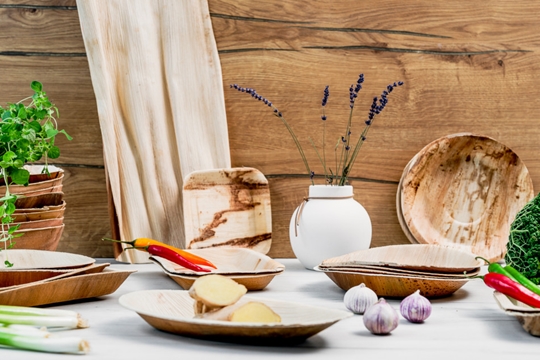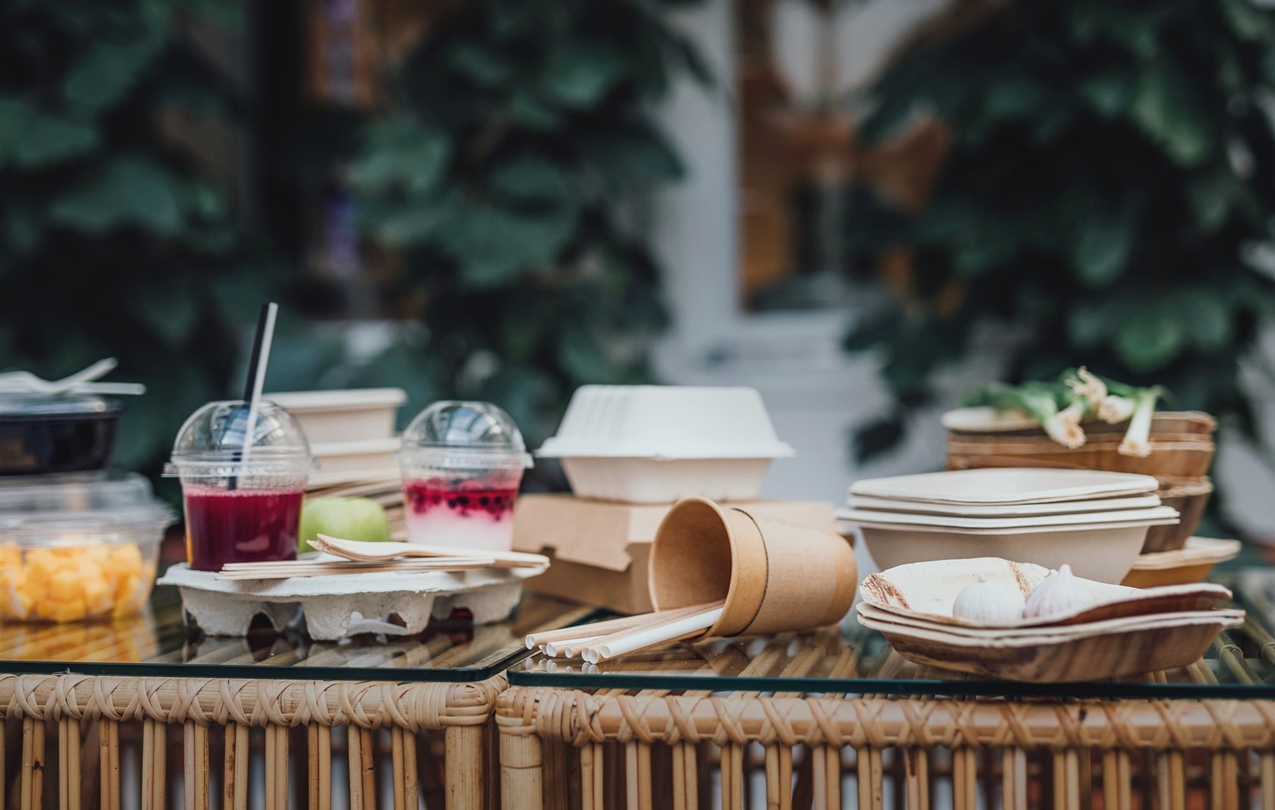Reducing plastic usage in your restaurant.
Reducing plastic usage has become increasingly popular, and here we share practical tips for minimizing plastic use in your daily operations.
Reducing plastic usage has become increasingly popular, and here we share practical tips for minimizing plastic use in your daily operations.
In recent years, interest in plastic reduction has grown, and many strive to eliminate unnecessary and potentially harmful plastic. Plastic is made from fossil fuels, a non-renewable resource, and if it ends up in nature, it breaks down slowly. Additionally, the effects of microplastics on our health are still unknown.
Plastic has its advantages, such as being a lightweight material and extending the shelf life of food. Nevertheless, it is important to consider plastic reduction for health reasons, especially as some plastics may contain hazardous chemicals, particularly soft plastics.
Running a completely plastic-free operation is challenging, but small changes are possible. Transitioning to recycled plastic products and improving waste management are positive steps. A European Union ban on certain single-use plastic items came into effect in January 2022, and from 2024, it also applies in Sweden.
Here are some tips for reducing plastic usage in your restaurant:
Bagasse is the remaining fiber material that becomes over when juice from sugar cane is extracted. Bagasse products can withstand high temperatures and are great for both hot and cold dishes. After use the material in the product can be recycled as paper packaging.
Bamboo is renewable raw material with a rapid regrowth. After use the material can be recycled as paper packaging. Bamboo is a grass that does not require any chemical or pesticides during production. Bamboo binds a lot of carbon dioxide which is good for the environment.
Palm leaf products are made from a 100% renewable and biodegradable raw material: palm leafs. They are made from fallen leafs and are picked when the leafs fall from the trees. The material is suitable for all types of foods: hot, wet and fatty foods. The products can also be used in both freezer and micro. Because the material is completely natural there is no risk that chemicals will migrate to the food.
Paper is classified as a renewable raw material provided that forestry is active and responsible, meaning that the forest is replanted and harvested with respect to biodiversity. Growing forests absorb carbon dioxide from the air and store the coal in trees and fields. Forests and vegetation act as nature’s own medicine against climate change.
Wheat straw is a remaining material that is left over when wheat grain are harvested. Wheat straw can then be recycled and from the material you can make paper-like products such as plates. Wheat straw products withstand high heat and are ideal for both hot and cold dishes.
We have a large selection of disposable products made from renewable raw materials. Bagasse trays, palm leaf products and PLA straws are some examples. In our materialguide we give you more information about the benefits of each material.
Read more




